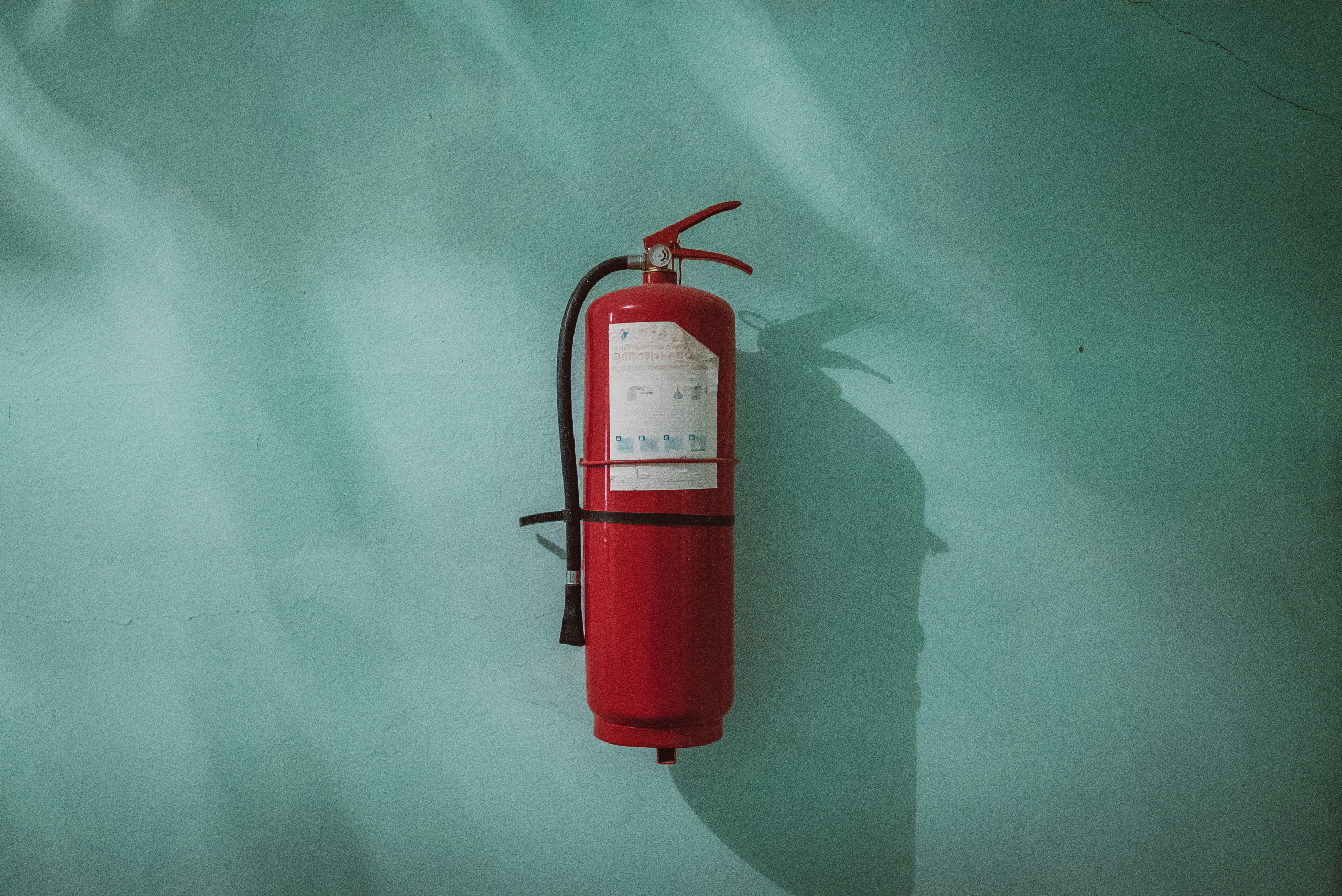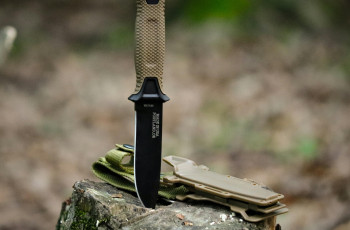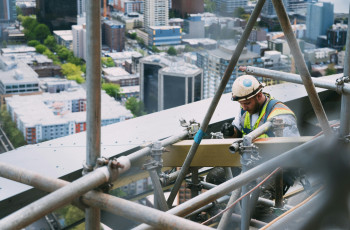In this article, we will explore vital safety precautions that you need to keep in mind when using cordless die grinders in confined spaces. These powerful tools can be incredibly useful for various tasks, but it’s crucial to ensure your safety while operating them. We will discuss how to minimize risks, protect yourself from potential hazards, and ensure a safe working environment. So, let’s dive into the essential safety precautions you need to know!

Proper Training
Understand the correct use of cordless die grinders
It is essential to have a thorough understanding of how to properly use a cordless die grinder. Familiarize yourself with the tool’s features, controls, and functions. Read the user manual provided by the manufacturer and understand the safety instructions before operating the grinder. Make sure you know how to correctly attach and detach accessories, adjust the speed, and maintain control during use.
Receive training on safety procedures
Before using a cordless die grinder in a confined space, it is crucial to receive proper training on safety procedures. Attend training sessions or workshops conducted by your employer or reputable organizations that specialize in workplace safety. These sessions will provide you with valuable information on how to operate the grinder safely, identify potential hazards, and respond to emergencies.
Familiarize yourself with the manufacturer’s instructions
Each cordless die grinder model may have specific instructions provided by the manufacturer. Familiarize yourself with these instructions and follow them diligently. The manufacturer’s instructions will outline essential safety precautions, proper handling techniques, maintenance requirements, and any limitations or restrictions on usage. By adhering to these instructions, you can ensure the safe and effective use of the grinder.
Understanding Confined Spaces
Identify confined spaces in your work environment
It is crucial to identify and understand the confined spaces in your work environment. A confined space is an enclosed area with limited entry and exit points, making it challenging to enter or exit and is not intended for continuous occupancy. Examples of confined spaces include storage tanks, ductwork, crawl spaces, and sewers. By recognizing these areas, you can determine the additional safety precautions required when using a cordless die grinder within them.
Know the risks associated with working in confined spaces
Working in confined spaces poses unique risks that need to be addressed to ensure your safety. These risks can include limited ventilation, hazardous substances or chemicals, risk of fire or explosion, and potential for engulfment or entrapment. Familiarize yourself with the specific risks associated with the confined spaces you are working in and take appropriate measures to mitigate these risks.
Ensure proper ventilation in confined spaces
Proper ventilation is crucial when working in confined spaces, as it helps to maintain a safe and breathable atmosphere. If the environment lacks natural ventilation, use mechanical ventilation such as fans or blowers to ensure an adequate supply of fresh air. Monitor the air quality regularly to detect any hazards, such as gas leaks or insufficient oxygen levels. Adequate ventilation will contribute to a safer work environment when using cordless die grinders in confined spaces.
Personal Protective Equipment (PPE)
Wear safety glasses or a face shield
When using a cordless die grinder, it is vital to protect your eyes and face from potential hazards. Wear safety glasses with side shields or a face shield to shield yourself from flying debris, sparks, or particles that may be ejected during the grinding process. Safety glasses or face shields provide a protective barrier, reducing the risk of eye injuries and ensuring a safer working experience.
Use hearing protection
Cordless die grinders can generate noise levels that may exceed recommended thresholds, leading to hearing damage or impairment over time. To safeguard your hearing, use appropriate hearing protection such as earmuffs or earplugs when operating the grinder. Follow noise exposure guidelines provided by your employer or regulatory bodies to determine the necessary level of hearing protection required.
Protective clothing and gloves for personal safety
To protect your body from potential injuries, wear appropriate protective clothing and gloves when using a cordless die grinder. A long-sleeved shirt, pants, and sturdy shoes can help minimize the risk of cuts, burns, or other physical injuries. Additionally, wear gloves that provide a good grip and protection against abrasions or cuts. Always ensure that your clothing and gloves fit properly and do not interfere with your ability to operate the grinder safely.
Inspect Equipment
Check the cordless die grinder for any damage or defects
Before using a cordless die grinder, thoroughly inspect it for any signs of damage or defects. Check the power cord, the machine housing, and all components for cracks, fraying, or other visible signs of wear and tear. Any damaged or defective parts should be repaired or replaced before using the grinder. Using faulty equipment can be dangerous and lead to accidents or injuries.
Ensure proper functioning of safety features
Cordless die grinders are equipped with various safety features designed to protect users from potential hazards. Ensure that all safety features, such as guard shields or lockout switches, are functioning correctly. These features play a crucial role in preventing accidental starts, controlling the direction of sparks or debris, and minimizing the risk of injury. Regularly check and test these safety features to ensure they operate smoothly.
Inspect power source and battery
In addition to inspecting the grinder itself, it is essential to inspect the power source and battery. Ensure that the power source is in good condition and properly grounded. If using a battery-operated grinder, check the battery for any signs of damage or deterioration. Inspect the battery contacts and terminals for corrosion or loose connections. Faulty power sources or batteries can compromise the performance and safety of the cordless die grinder.

Safe Work Practices
Secure the workspace and remove any potential hazards
Before using a cordless die grinder, secure your workspace and remove any potential hazards. Clear the area of clutter, debris, or any objects that could interfere with your movement or cause accidents. Take extra caution if working near flammable materials, liquids, or gases. Properly store or isolate these materials to reduce the risk of fire or explosion. A clean and organized workspace will contribute to a safer working environment.
Use clamps or vises to stabilize the workpiece
When working with a cordless die grinder, ensure the workpiece is securely held in place to prevent it from shifting or slipping during operation. Use clamps or vises to stabilize the workpiece and minimize the risk of accidents. This practice will enhance your control over the grinder, reducing the likelihood of injuries caused by unexpected movements or vibrations.
Avoid loose clothing or accessories that could get caught
Avoid wearing loose-fitting clothing or accessories that could get caught in the cordless die grinder. Long hair should be tied back or secured to prevent entanglement. Loose clothing or accessories pose a significant risk, as they can be drawn into the grinder, leading to severe injuries. Opt for appropriate work attire that fits well and does not impede your ability to use the tool safely.
Battery Safety
Use only batteries recommended by the manufacturer
To ensure optimal performance and safety, it is vital to use only batteries recommended by the manufacturer for your cordless die grinder. Using generic or incompatible batteries can lead to malfunctions, reduced battery life, and even potential hazards such as overheating or explosions. Follow the manufacturer’s recommendations and specifications to select the appropriate battery for your grinder.
Ensure the battery is fully charged before use
Before starting any task, ensure that the battery of your cordless die grinder is fully charged. Regularly check the battery’s charge level and recharge it as needed to maintain uninterrupted operation. A fully charged battery ensures proper functioning of the grinder and minimizes the risk of sudden power loss during use, which could lead to accidents or injuries.
Store batteries in a cool and dry place
When not in use, store cordless die grinder batteries in a cool and dry place, away from direct sunlight or extreme temperatures. High temperatures can cause battery degradation, shortening its lifespan and potentially compromising its safety. Avoid storing batteries near sources of heat, moisture, or flammable materials. By properly storing batteries, you can maintain their performance and prevent potential safety hazards.

Avoid Overexertion
Take regular breaks to prevent fatigue
Using a cordless die grinder for extended periods can be physically demanding and lead to fatigue. To prevent overexertion, take regular breaks during your work. Resting allows your body to recover and maintain alertness, reducing the chances of accidents caused by fatigue. Stay hydrated, stretch periodically, and listen to your body’s signals for rest and recovery.
Avoid excessive force or pressure on the die grinder
To ensure safe operation and longevity of your cordless die grinder, avoid applying excessive force or pressure. Let the grinder’s RPM (revolutions per minute) and the rotation of the accessory do the work. Exerting excessive force can strain the tool, cause accidents, or damage the workpiece. Maintain a firm grip on the grinder, but apply only as much pressure as necessary to perform the task effectively.
Use the appropriate accessory and speed for the task
Different tasks require different accessories and speeds on a cordless die grinder. Select the appropriate accessory, such as grinding wheels, cutting discs, or brushes, based on the task at hand. Ensure the accessory is compatible with your grinder model and properly secured. Use the correct speed setting recommended by the manufacturer for the chosen accessory. Using the wrong accessory or speed can compromise safety and result in subpar performance.
Proper Handling and Storage
Hold the die grinder securely with both hands
When using a cordless die grinder, always hold it securely with both hands. Use a firm grip and maintain proper balance. Securely holding the grinder will enhance your control and reduce the risk of accidental slips or loss of control. Keep your fingers away from the grinding area and avoid touching the accessory or any hot surfaces during or after operation.
Use a carrying case or holster for storage and transportation
When storing or transporting your cordless die grinder, use a carrying case or holster designed specifically for the tool. These storage solutions provide protection against damage and ensure easy and safe transportation. Securely storing the grinder prevents accidental drops, exposure to moisture or dust, and keeps it out of reach from unauthorized individuals.
Keep the tool and accessories out of reach of children
To prevent accidents or misuse, always keep your cordless die grinder and its accessories out of reach of children. Store the grinder in a secure and locked location when not in use. Children should never be allowed to handle or operate power tools, as they lack the experience and knowledge required to use them safely.
Emergency Preparedness
Know the location of emergency exits and first aid kits
In any workplace, it is essential to familiarize yourself with the location of emergency exits and first aid kits. In the event of an emergency, knowing the nearest exit and first aid resources will enable a quick and effective response. Take note of emergency evacuation plans and procedures provided by your employer and ensure you understand how to follow them in case of an emergency.
Have a plan in place for communication and rescue in case of an emergency
Develop a plan for communication and rescue in case of emergencies when working with a cordless die grinder in confined spaces. Establish a reliable means of communication, such as two-way radios or cell phones, to stay in contact with coworkers or emergency services. Ensure that everyone involved in the work understands their roles and responsibilities and knows how to report emergencies or request assistance.
Be familiar with the appropriate response to accidents or injuries
Accidents or injuries can occur even when taking all necessary precautions. Be familiar with the appropriate response to accidents or injuries when using a cordless die grinder. Know how to administer basic first aid, such as controlling bleeding, treating burns, or providing CPR if necessary. Report any accidents or injuries to appropriate personnel and follow your organization’s reporting procedures.
Regular Maintenance
Clean the die grinder regularly to remove dust and debris
To keep your cordless die grinder in optimal condition, regularly clean it to remove dust, debris, and metal shavings. Use compressed air, a brush, or a vacuum cleaner to clean hard-to-reach areas. Avoid using solvents unless recommended by the manufacturer. Proper cleaning ensures efficient performance and prevents the accumulation of particles that could hinder the grinder’s functionality.
Inspect and replace worn-out or damaged parts
Regularly inspect your cordless die grinder for signs of worn-out or damaged parts. Check for loose or missing screws, worn-out brushes, or frayed power cords. Replace any damaged or worn-out parts promptly to maintain the grinder’s safety and performance. Follow the manufacturer’s guidelines for replacing parts and avoid using the grinder if it has any unresolved issues.
Follow the manufacturer’s recommended maintenance schedule
Manufacturers provide recommended maintenance schedules for their cordless die grinder models. Adhere to these schedules to ensure the grinder is properly maintained and serviced. Regular maintenance tasks may include lubricating moving parts, replacing filters, or recalibrating safety features. By following the manufacturer’s recommended maintenance schedule, you can extend the lifespan of your grinder and minimize the risk of malfunctions or accidents.
In conclusion, using cordless die grinders in confined spaces requires proper training, understanding of risks, and adherence to safety precautions. By following the guidelines outlined in this article, such as understanding the correct use of cordless die grinders, wearing appropriate personal protective equipment, and practicing safe work habits, you can ensure a safer working environment. Regular equipment inspection, battery safety, and emergency preparedness are also paramount to prevent accidents and respond effectively in case of emergencies. Always prioritize your safety and the safety of those around you when using cordless die grinders in confined spaces.



